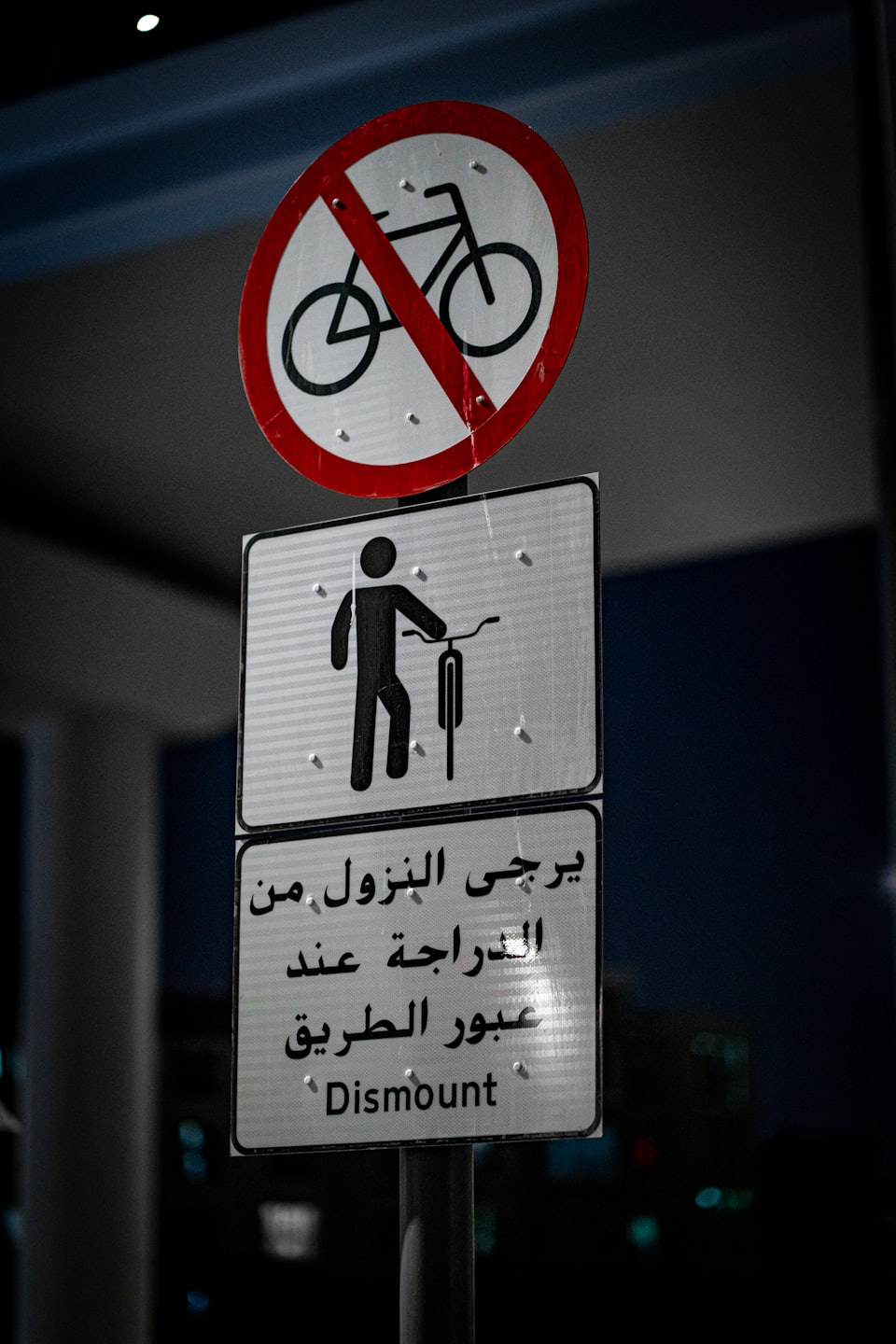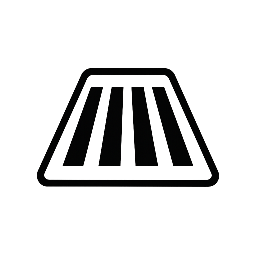We have some amazing bike paths in the state of Utah. The Denver Rio Grand trail is located across Davis and Weber counties. It crosses more than 8 cities and offers more than 40 miles of biking heaven. Here is what you can expect when riding this trail.
🚲 Off-Street / Shared-Use Paths
Multi-Use Trail (Shared-Use Path): Paved paths physically separated from roads, shared with pedestrians, joggers, skaters, etc.
The Denver Rio Grand Trail starts in Woods Cross, Utah at small park next to a cul-de-sac. The park has two benches, an old sun weathered map and a place for your wife to pick you up when you run out of energy riding all the way from Lehi on the Jordan River Trail and Legacy Parkway Trail. A story for another time.
You head north and immediately go under I-15. This underpass is very low, and very dark and just strange. This is where the trail starts heading north straight like an arrow until Clearfield, UT. The Denver Rio Grand Trail follows, for the most part, an old rail bed. The assault is in good condition with some sections being seal coated and cracks filled with tar. The gaps in these cracks aren’t bad. There are sections of trees, but not consistent. About 2 miles into your journey from the start is a big bike bridge over the West Davis Cooridor Highway. Look left and you will see a Red Barn owned by a friend of mine and another cul-de-sac and parking lot. This is where you can go on the West Davis Cordoor bike trail. You access this trail for a plethora of other locations as well.
The Bill and Melinda Gates Foundation
Yep, it’s a bike pun. This one refers to all the gates you will need to get around while on the Denver Rio Grand Trail or DRGT, as some call it. Between Farmington and Clearfield there are 11 crossings, all with gates to navigate. Theses are steel gates that block the trail and are offset anywhere from 2-3 feet. Some are narrow and some are wide. If you practice, each set of gates can be biked around without putting a foot down. I have hit these gates 2 or 3 times throughout my 13 years using this trail, but it’s only because I was tired or not paying attention. The challenge is their are 2 sets of 2 gates at each road crossing, totaling 22 gates you have to go around. Each set of gates usually has some sort of crossing button to push. This could be the classic yellow flashing lights and yellow signs, the old school traffic arms with flashing yellow and then red light, which change to flashing red for traffic to proceed. And then the utterly confusing Hawk system. I cannot comment on this type of system, because it’s pretty frustrating. Basically, (and here I go on to comment) you push the button. There is sign above the button that says, “Signal may take up to 45 seconds to change,” or something like this. There are sensors on the big black arms that cross the road and they are sensing if traffic is coming. If traffic is coming, then it waits, and waits, and waits, up to 45 seconds. If traffic does not stop, then it starts flashing the yellow lights, and then changes to red. You get a few seconds of those solid red lights before they change the flashing red, which means traffic can proceed after they have stopped. Now, with that long explanation, what do you think the big problem with this Hawk system? Traffic sometimes stops when they see you push the button. They think it’s going to change immediately, but it doesn’t, because they are blocking the sensor or in the sensors vision, so it’s not going to change. The driver then gets confused, and wants you to cross. But, there are three other lanes! What is one of those doesn’t stop. I called Kaysville city about the Hawk system installed at 200 N and the Denver Rio Grand next to Smith’s. They said it was working as usual and they like it. I said it seems dangerous. It’s been 4 years since they change it and now I think it’s not such a big deal. But, for someone who is using this trail for the first time just be aware it will take a while for this one to change.
That was a big tangent. Let’s


As you move toward the midpoint of the article, this paragraph provides an opportunity to connect earlier ideas with new insights. Use this space to present alternative perspectives or address potential questions readers might have. Strike a balance between depth and readability, ensuring the information remains digestible. This section can also serve as a transition to the closing points, maintaining momentum as you steer the discussion to its final stages.
Wrapping Up with Key Insights
In this concluding paragraph, summarize the key takeaways from your article, reinforcing the most important ideas discussed. Encourage readers to reflect on the insights shared, or offer actionable advice they can apply in their own lives. This is your chance to leave a lasting impression, so make sure your closing thoughts are impactful and memorable. A strong conclusion not only ties the article together but also inspires readers to engage further.


Leave a Reply